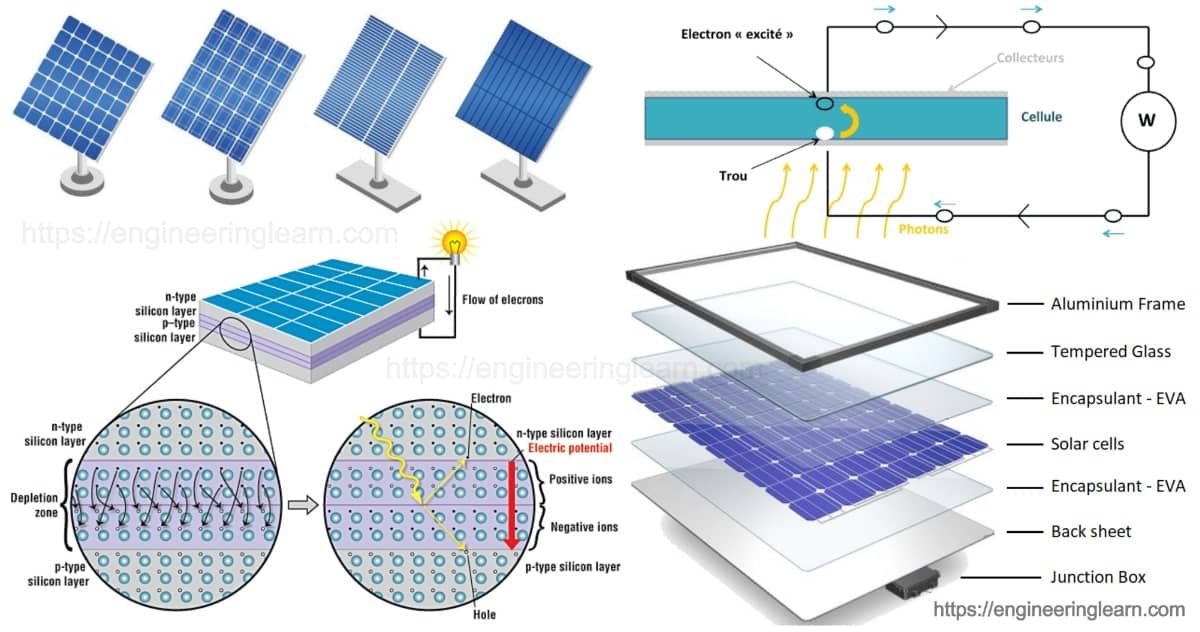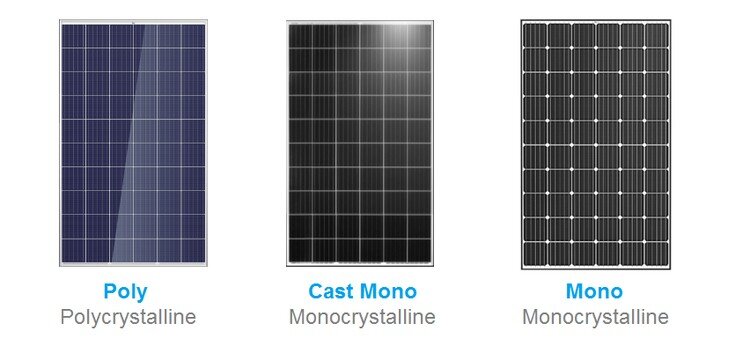Getting My Solar Systems To Work
Everything about Solar Systems
Table of ContentsSolar Systems - An OverviewSolar Systems Fundamentals ExplainedThe Definitive Guide to Solar SystemsNot known Details About Solar Systems
There are three different types of solar panels: monocrystalline, polycrystalline, as well as slim movie. Monocrystalline photovoltaic panels are very effective and have a streamlined layout, but come at a higher cost factor than various other photovoltaic panels. Polycrystalline photovoltaic panels are less costly than monocrystalline panels, nevertheless, they are much less reliable as well as aren't as cosmetically pleasing.Nowadays, there are a number of selections of monocrystalline solar panels on the market to choose from., are ending up being a significantly prominent monocrystalline alternative.
Due to the fact that monocrystalline solar batteries are made from a solitary crystal of silicon, electrons have the ability to easily move throughout the cell, enhancing overall efficiency. Not only do monocrystalline panels have the highest possible effectiveness rankings, they commonly also have the highest possible power capability rankings. The majority of monocrystalline panels on the marketplace today will certainly have a power output rating of at the very least 320 watts, yet can go up to around 375 watts or greater!.
Since polycrystalline cells consist of multiple silicon cells, the electrons can not relocate as quickly and also because of this, decrease the performance of the panel. The reduced efficiency of polycrystalline panels additionally indicates they have a tendency to have a lower power outcome than monocrystalline panels, normally ranging in between 240 watts and 300 watts.
Getting My Solar Systems To Work
In order to fulfill your power needs, you would certainly need to set up even more slim film panels over a large area to create the exact same amount of power as crystalline silicon solar panels. This is why thin film solar panels do not really make sense for residential installments where space is restricted.
The temperature coefficient informs you exactly how much the power output will certainly decrease by for every single 1 * C over 25 * C the panel obtains. The typical temperature level coefficient for mono as well as polycrystalline panels usually falls someplace in between -0. 3% and -0. 5% per * C. Thin movie panels on the other hand, are around -0.
As a matter of fact, with some slim movie panels, it's tough to even see the specific cells within the panel. They additionally Get More Information have a more helpful hints tendency to have much less circuitry and also busbars, implying there's less white room. Nonetheless, since they are so ineffective, you would require to cover your whole roofing in thin movie panels - which might or might not be your design.

Some makers have actually functioned around this with black packing or forming the cells differently, but these aesthetic modifications can impact both the price and performance of the panels. Overall, monocrystalline panels still look streamlined, however they're a little bit extra noticable than thin film panels. solar systems. The procedure in which polycrystalline solar batteries are produced creates the cells to have a blue, marbled look.
Some Ideas on Solar Systems You Should Know
If you're on a tight budget plan, polycrystalline panels could make even more sense for you. We do not recommend thin movie solar panels for household installations - their performance and toughness don't make the reduced price worth it, as well as it's unlikely you'll have virtually sufficient space to mount the number of slim movie panels you would need to cover your home electricity usage.
Since they are made from pure silicon, they can be easily recognized by their dark black color. Using pure silicon additionally makes monocrystalline panels the most space-efficient and longest-lasting among all 3 photovoltaic panel kinds. Nevertheless, this comes at a cost a great deal of silicon is wasted to generate one monocrystalline cell, sometimes getting to over 50%.

Amorphous silicon panels (A-Si) derive their name from their shapeless nature. Unlike mono-and polycrystalline solar cells, the silicon is not structured on the molecular level.
Unknown Facts About Solar Systems
$0. 32-$0. 65 $1 $1. 50 $0. 70 $1 $0. 60 $0. 70 $0. 50 $0. 60 $0. 43 $0. 50 Note that these numbers don't include the expense of setup and also labor. With labor and also various other overhead variables, the overall can climb to $2. 50 to $3. 50 per watt.

This suggests that thin-film panels can be a good alternative for hotter settings or areas that experience even more sunshine throughout the year. The updated International Building regulations of 2012 requires solar panels to match the fire score of the roofing system where they are installed. This is to ensure that the components do not increase the spread of flames in case of a fire.